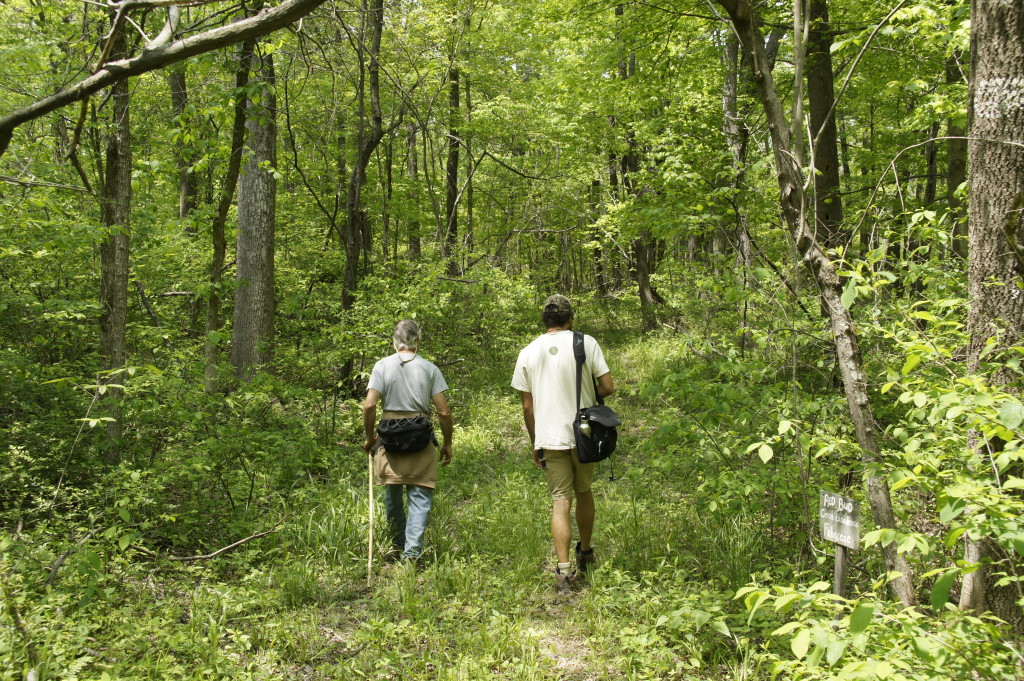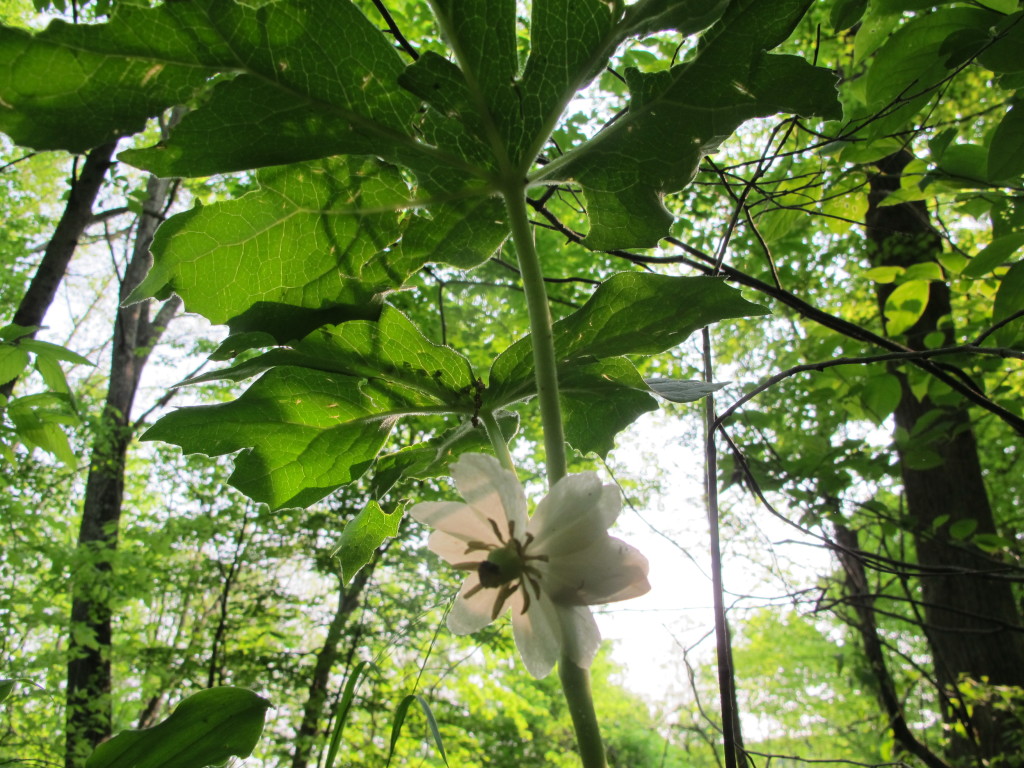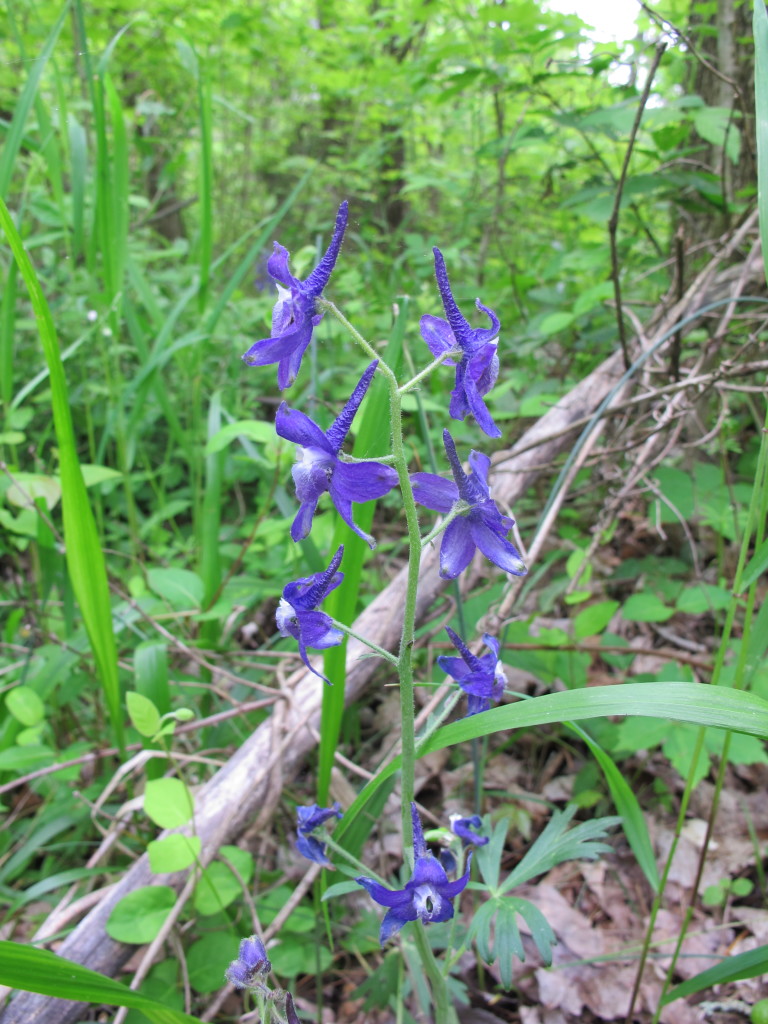PHI Director Marc Williams was at the United Plant Savers (UPS) Botanical Sanctuary May 6-8 to teach a brewing with non-timber forest products workshop. Aside from that, any excuse to get to UPS is a good excuse.
It’s hard not to be awestruck visiting UPS, unless you are intimately familiar with its beauty as Paul Strauss certainly is. He’s devoted over 40 years of his life to creating one of the most incredible privately held areas of temperate native plants east of the Rocky Mountains. This sanctuary is not only sacrosanct to plants, but all forms of life, especially birds, which Paul believes is due to the astonishing abundance of red fruit producing plants i.e. natives like Spice Bush (Lindera benzoin), Dogwood (Cornus florida), Burning Bush (Euonymous americana) and the exotic invasive Autumn Olive (Elaeagnus umbellata). You can learn more about United Plant Savers at their website and can learn more about Paul Strauss and his work through the movie The Sanctity of Sanctuary or his book, The Big Herbs.
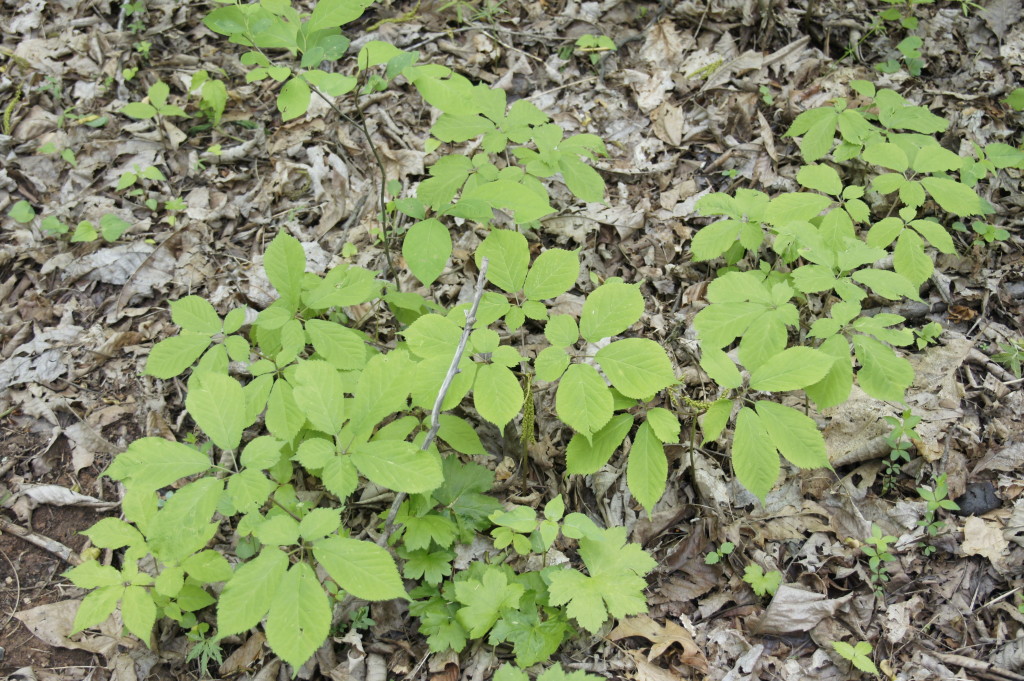
Friday found Marc, Chip (intern manager and ginseng expert), the interns, and I on a plant walk through the Goldenseal Sanctuary. The combined knowledge of plants in that group was quite the treat, as was the diversity of plants apparent during the walk. Some highlights included the tree id quiz, in which 15 trees had numbers attached to them, with a key of answers identifying the trees at the end of the trail. It was a real treat to view the land with the aid of Chip’s experience surveying properties for ginseng, learning the various plants that are associated with ginseng. It was also fascinating to hear insights into recreating prairie (plant cup plant (Silphium sp.) only if you really want it, as it will spread). A cursory plant list of this walk is included at the end of this article.
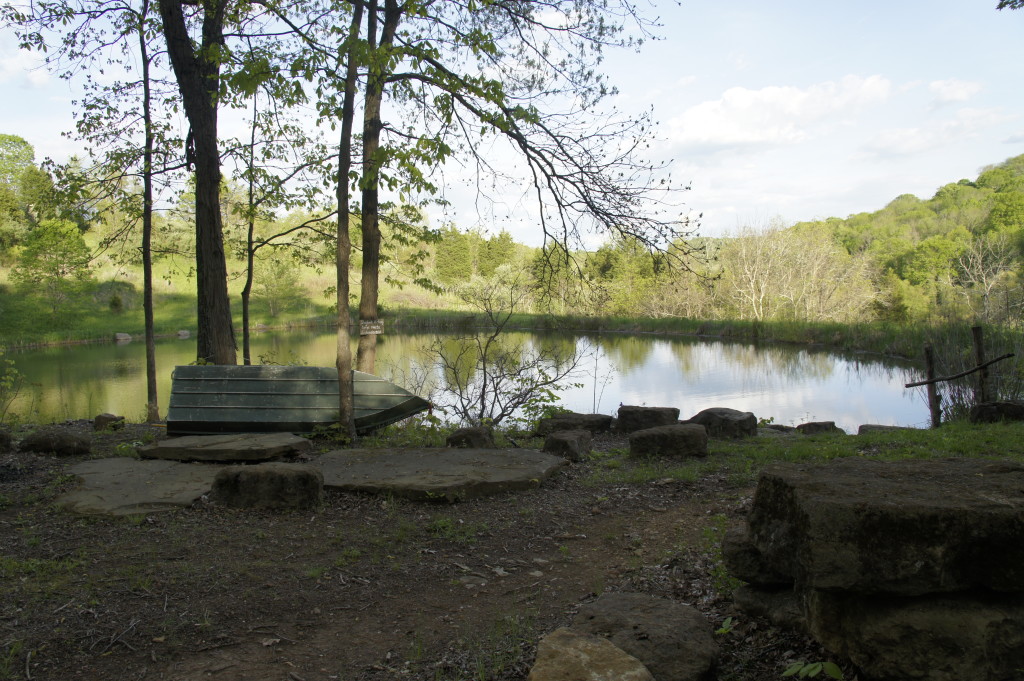
Saturday was show time for Marc’s brewing with non-timber forest products workshop. The audience included the whole gamut, from first-time brewers and fermenters to experienced beer brewers. After a brief introduction to each other, we all joined Marc on a plant walk to meet some of the plants used for brewing. As the rains came, we all gathered plants we would add to the mead we would make later in the class.
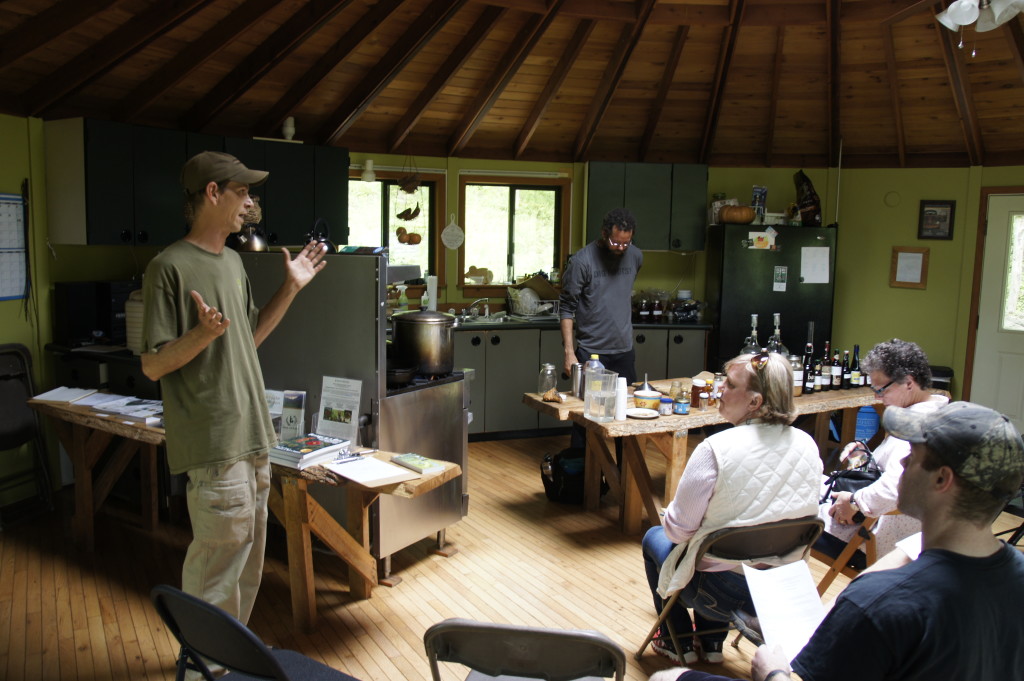
Once inside again, Marc elaborated on how to make herbal liqueurs, Jun, and mead and soda. Throughout the class, a medicinal mead known as a metheglin was made that will ferment and a bit of UPS will be shared with future students and friends of Marc. This particular mead included Ale Hoof (Glechoma hederacea), Blackberry (Rubus sp.), Cleavers (Galium aparine), Ginseng (Panax quinquefolius), Goldenseal (Hydrastis canadensis), Smooth Sweet Cicely (Osmorhiza longistylis), Spice Bush (Lindera benzoin), Wood Nettle (Laportea canadensis), Wood Sorrel (Oxalis sp.), Yarrow (Achillea millefolium), and Yellow Dock (Rumex obtusifolius).
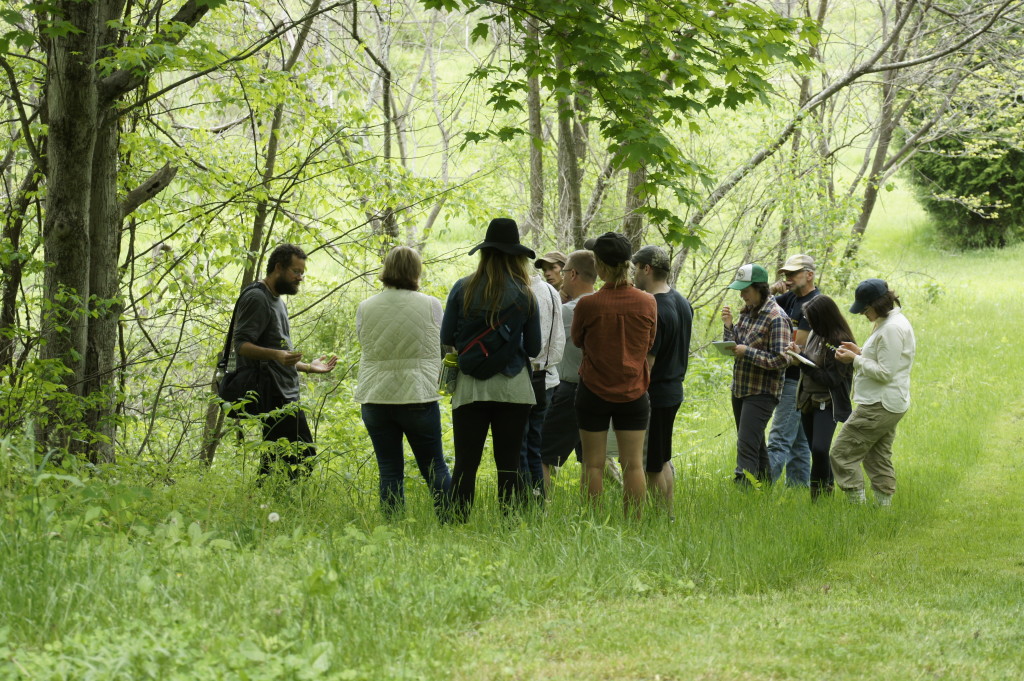
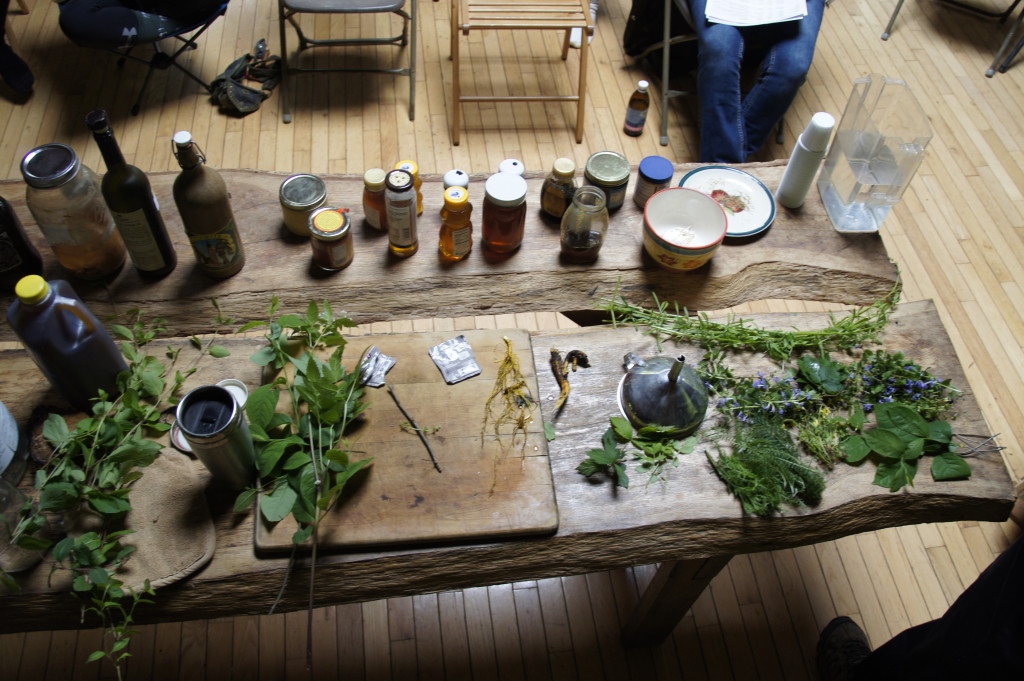
We wrapped up the class with a sharing of previous meads Marc has made. Of particular interest was a mead with only members of the Lauraceae family, especially when compared to a store-bought mead that was the least preferred amongst the group. So anyone who wants to start their own business, there is certainly room in the sector!
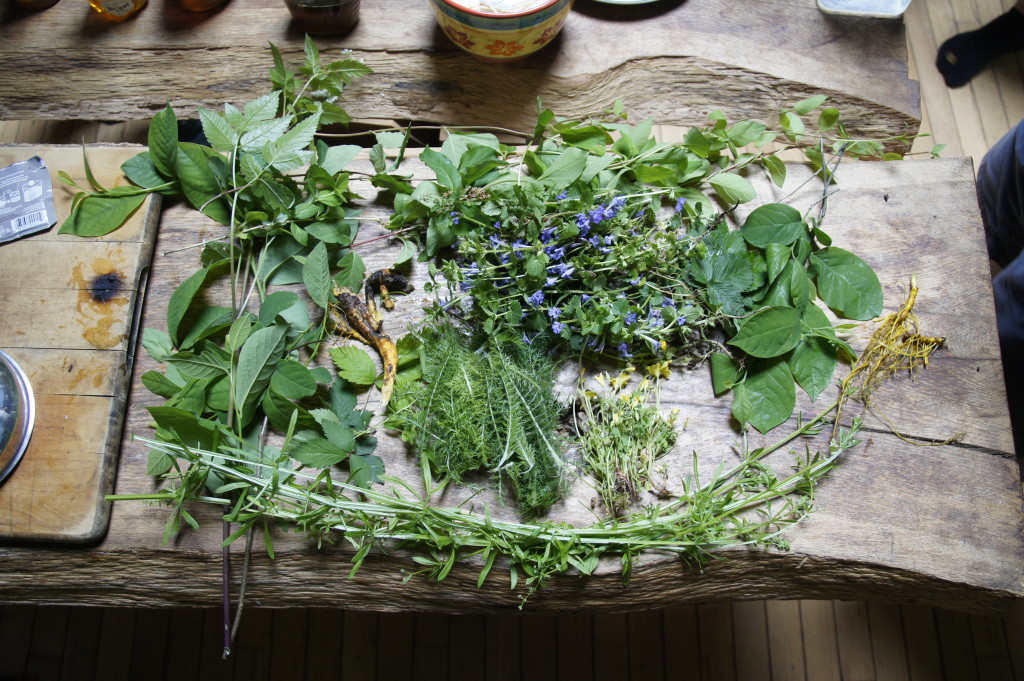
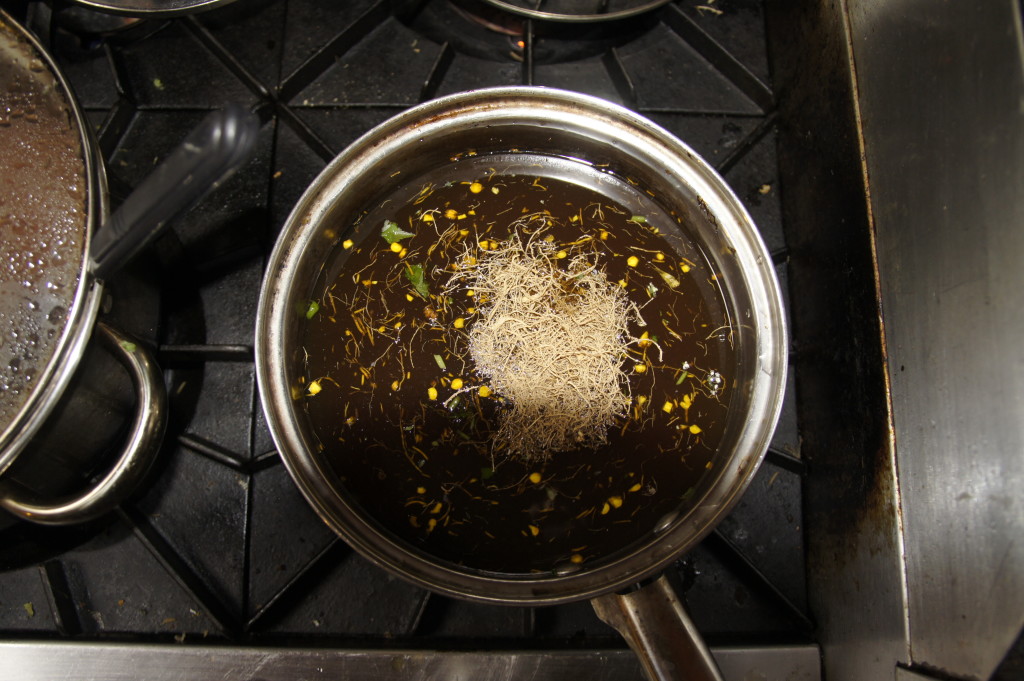
That night, Paul Strauss stopped by the yurt where the class took place. Paul, Marc, and I had a wide ranging discussion about all things plants and society, and at the end Paul invited us to his house and land the next day.
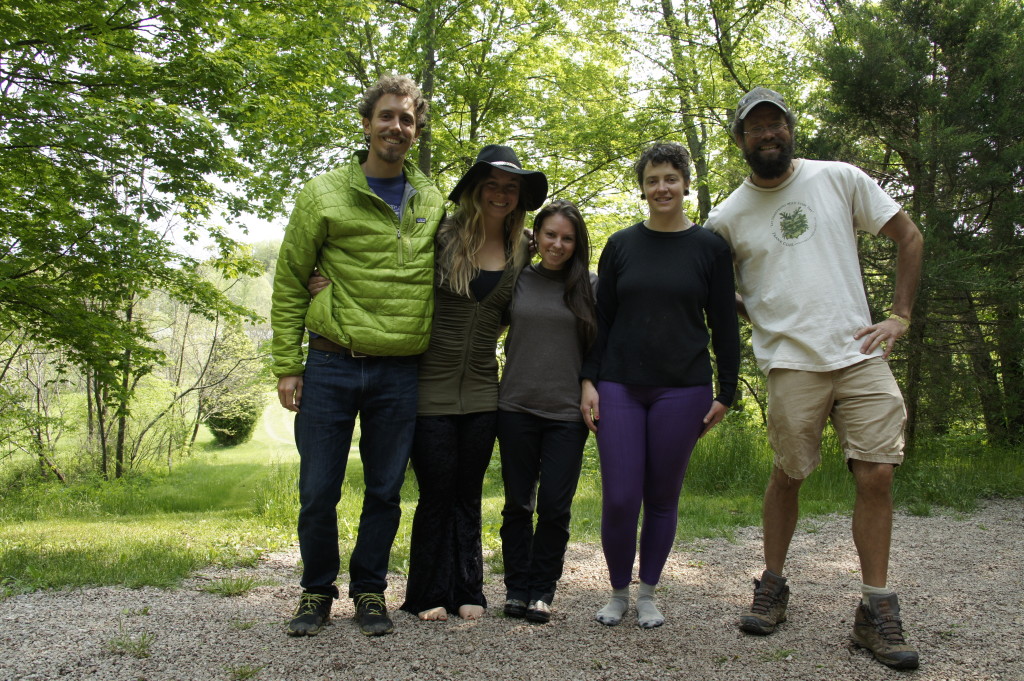
Our visit to Paul’s land began with an introduction to the three different species of Spiderwort (Tradescantia spp.) he had growing along the walkway to his house. From there, we were introduced to the cistern he had restored that the original builders of the house had built in the early 19th century, his root cellar containing an abundance of potatoes and canna lilies (Canna sp.) which he plants for humming birds, and finally his house with an amazing collection of Peterson guides, historically coal fired fireplaces, and enough botanical artifacts to keep a plant-minded person interested for quite some time. From here, we got a tour of the barn that was held up by a giant poison ivy vine when he bought the property and the compost toilet he built within the barn.
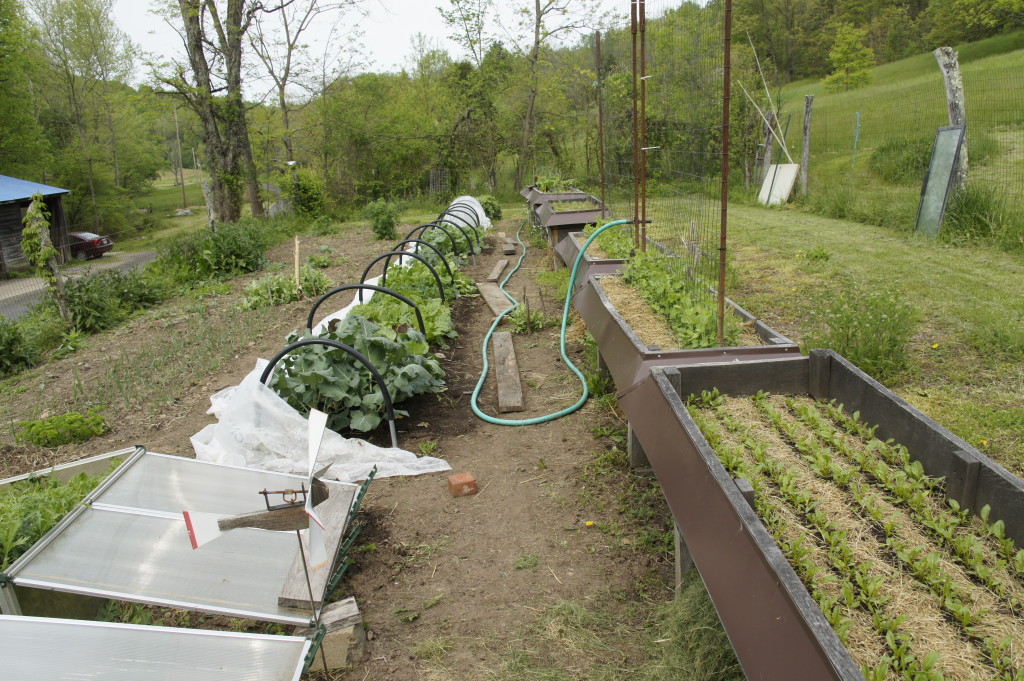
Next up was the apothecary where Paul makes his mullein ear oil amongst other products as part of his business Equinox Botanicals. This was yet another room steeped in the history of modern American herbalism, with stories for decades about the herbalist and amazing plant people Paul knows who have flocked to his land. The series of aerial pictures on the wall that represent decades of changes also painted a picture of the scale of social and ecological restoration that has taken place on the 3,000 acres around Paul’s house.
We then headed to the hollers to see the beauty of a landscape transformed from coal strip mines to botanical haven. We entered the land up a steep road past Chip’s house and then on to a fire pit and camping area Paul had built for visiting groups. Just past this was the “simple cabin” Paul had built next to the pond he had also created. This cabin was simple in that it had a lofted second floor, balcony, front deck, screened in porch, and a chimney with bricks laid out in steps so he could get to the roof without a ladder. Like he said, simple.
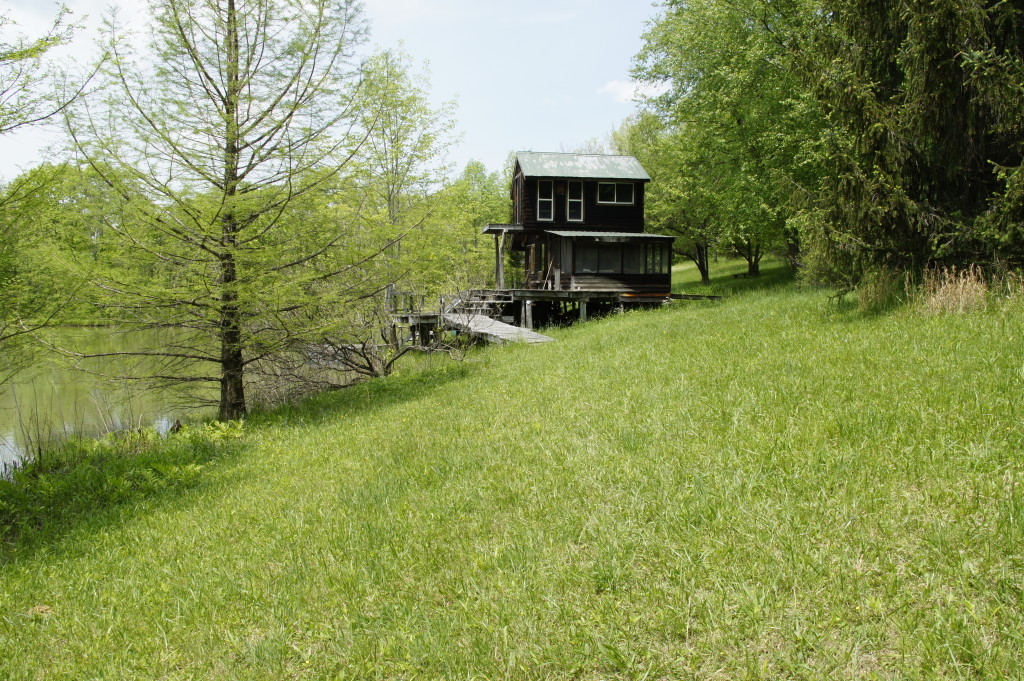
Just below the pond is a wood-heated hot tub that Paul and a few friends built overlooking a cave that has been previously used as a Native American shelter, still site during prohibition, and the home for an escaped convict for a year and a half. Needless to say, Paul knew the perfect place to get his rest and relaxation. After ogling the diversity found even around a hot tub, it was into the hollers.
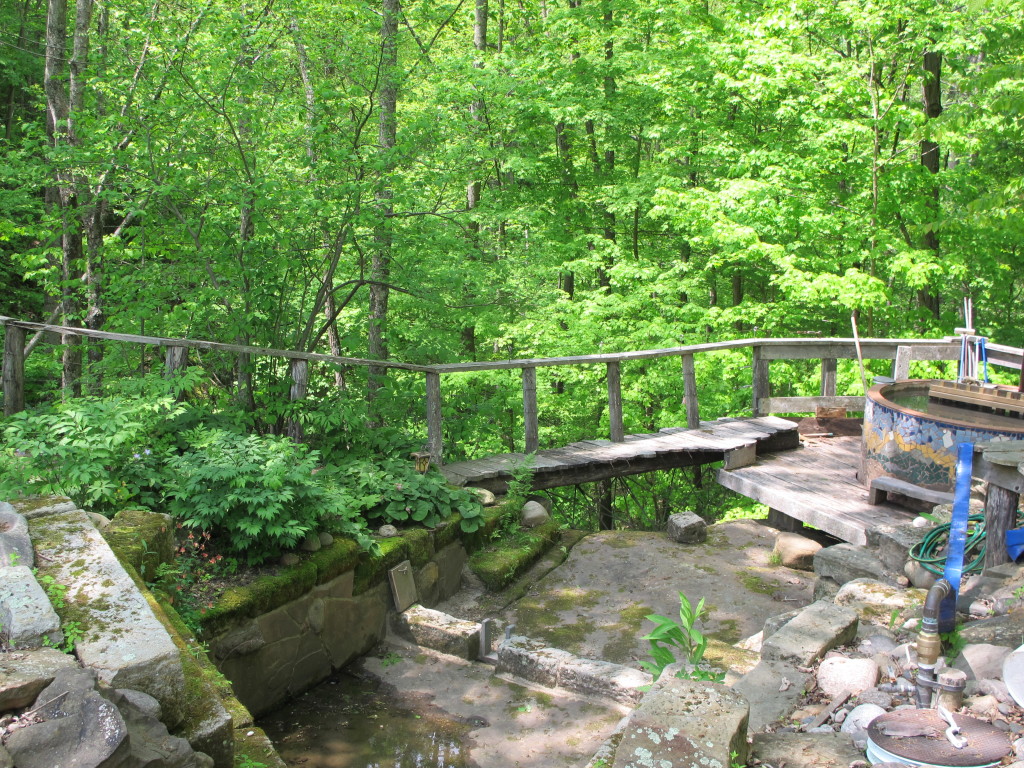
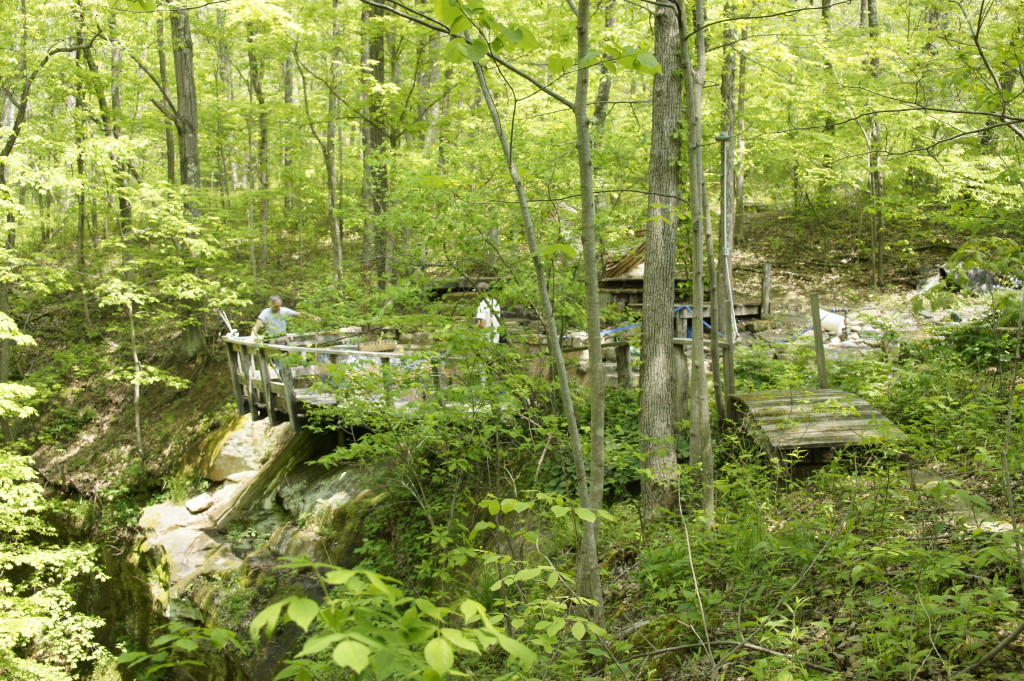
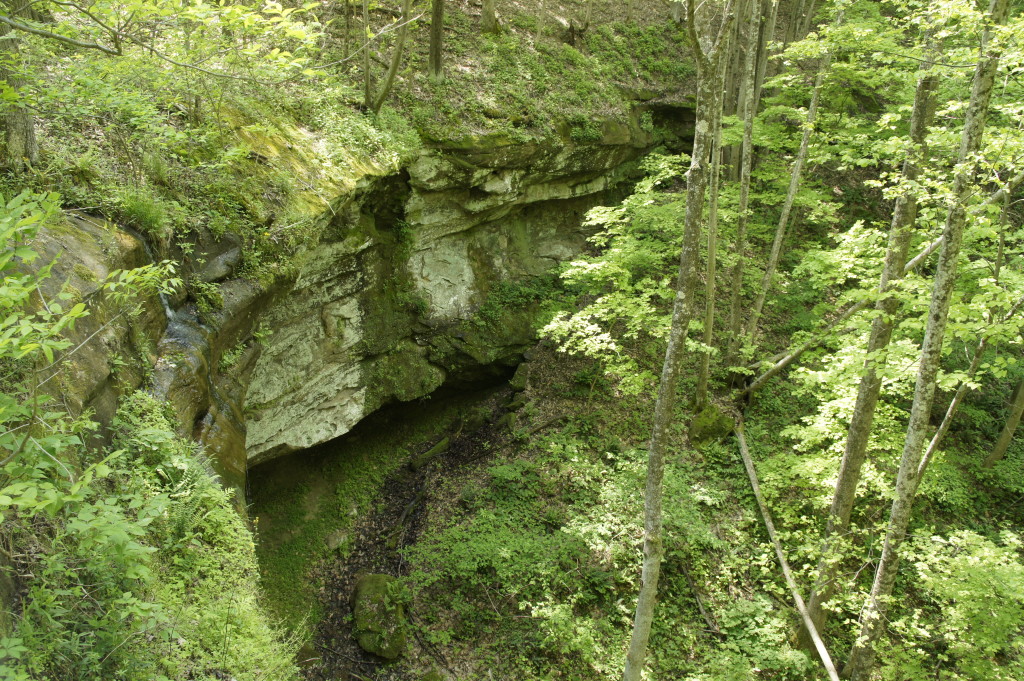
Once in the hollers, Paul expressed his deep sadness at the loss of the Ashes (Fraxinus spp.) to the Emerald Ash Borer. Nearly every tree was showing signs of dead bark that betrays their impregnation with this destructive beetle. Another problem in the forest is the disease known as Nectria that is killing sassafras, a major understory tree, after they reach several feet in circumference.
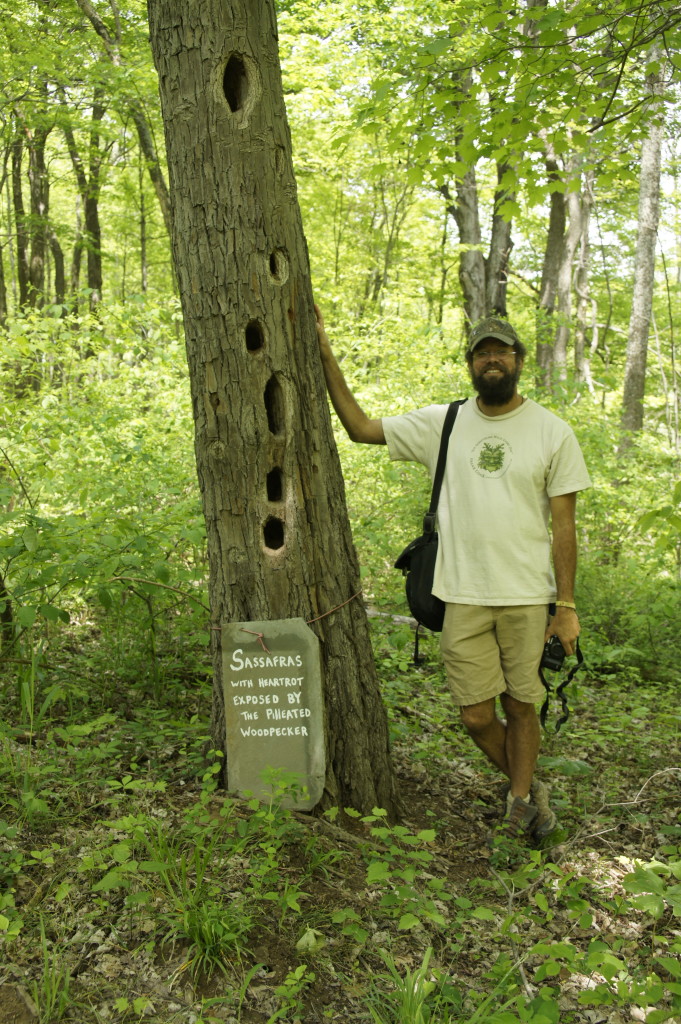
We came off the rise with ashes, sassafras, lobelia, and many other species, into what was left of the former coal strip mines. Paul, in his intimate relation with the land, has been able to restore these strip mines for a fraction of the price of standard ecological remediation. Now, frogs, fish, and people swim in what was once a toxic waste site while cattails and other water loving plants take up toxins and heavy metals from the soil and water. If there was ever an example of hope and inspiration, this was it. And we haven’t even gotten to Ramp Holler.
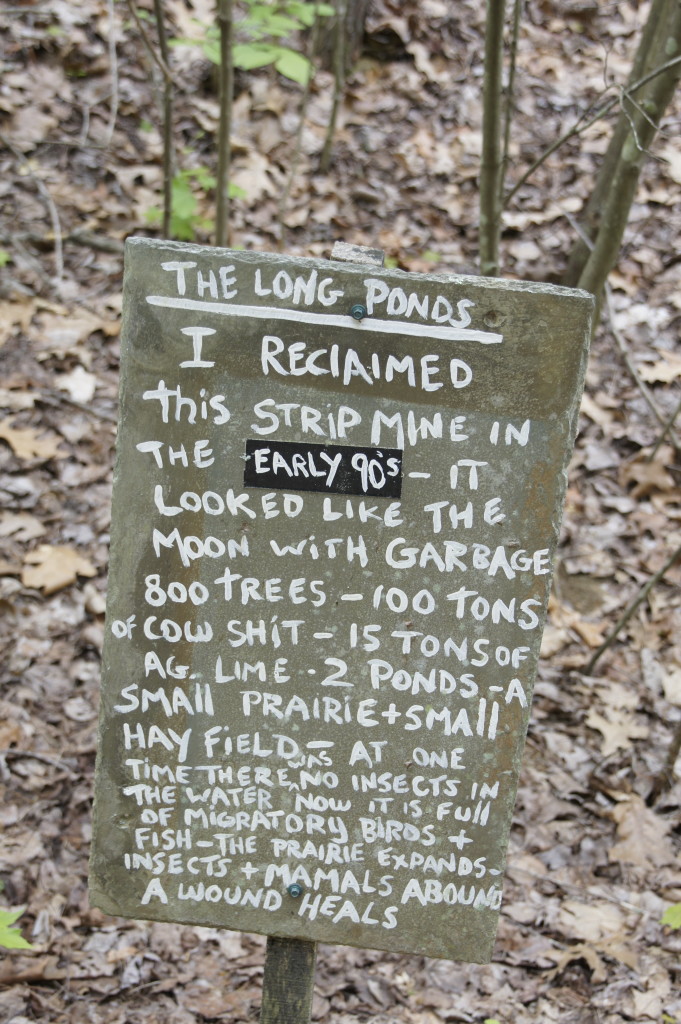
A right hand turn down a hill took us away from the strip mines and into the tight coves that make up Ramp Holler. This special holler consists of acres among acres of rich cove forest, with the predominant understory in many parts being ramps. Needless to say, Marc and I were like children in a candy shop, except this candy was way better than anything you’d find in a store. We walked through this paradise with Paul regaling us with his tales of intimacy with the land as he and Marc filled up the bags I carried with ramps that would soon find homes in Weaverville, NC and at The Eclectic School of Herbal Medicine.
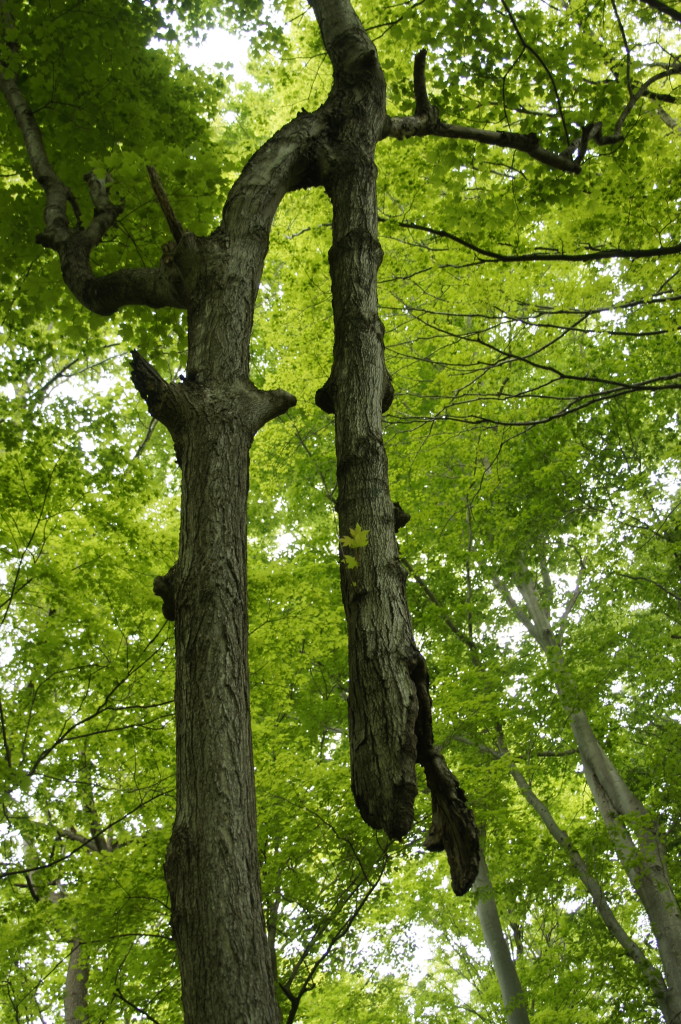
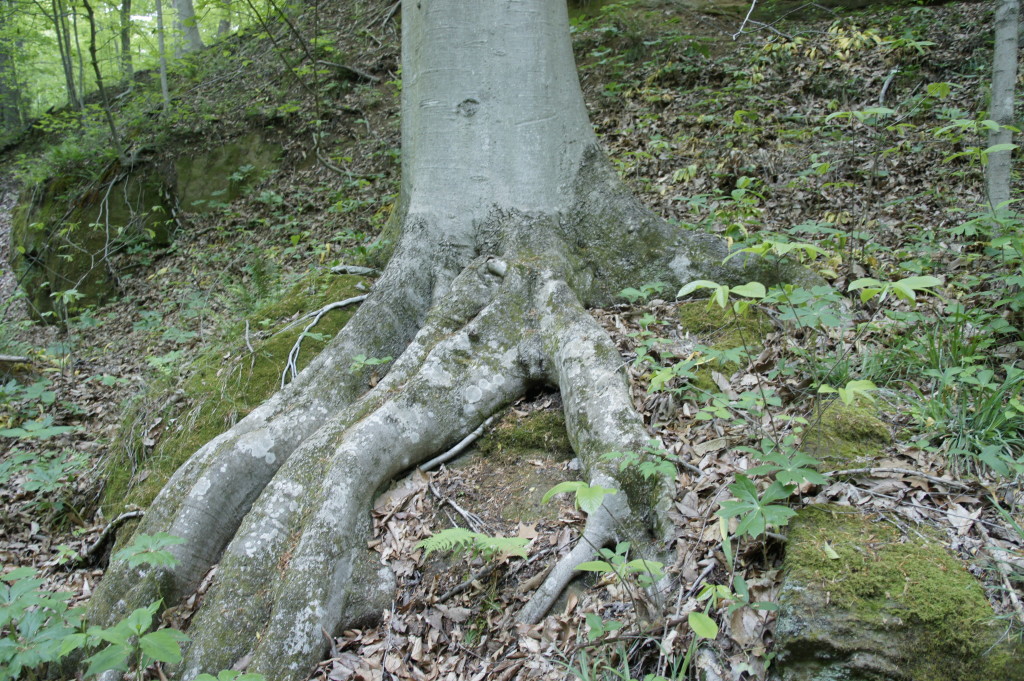
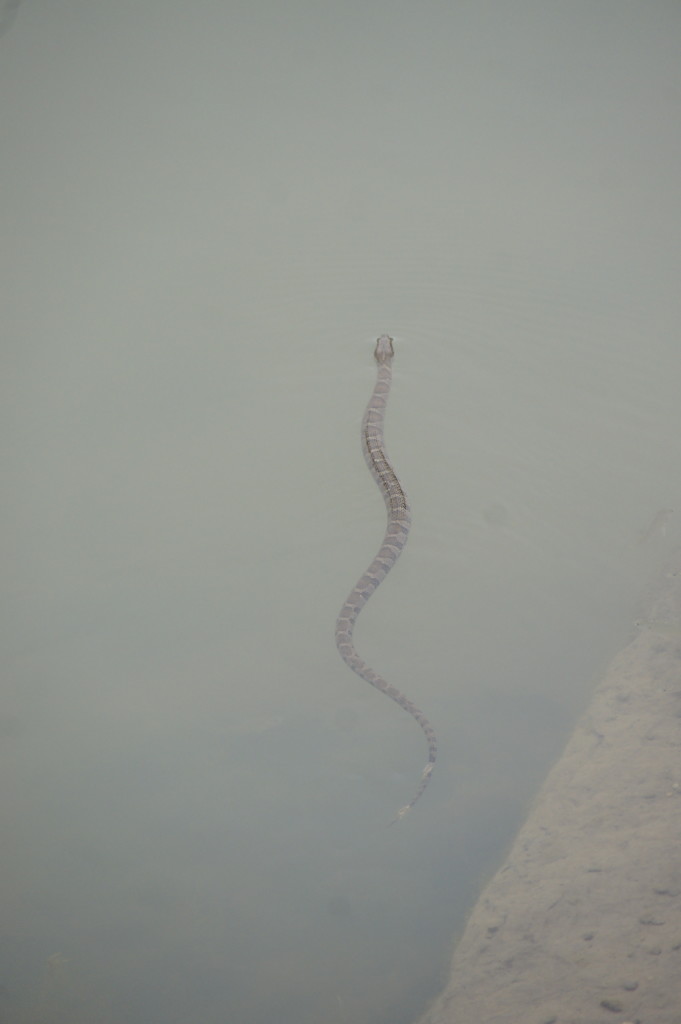
Our last stop on our tour was to retrieve some giant mums, relics from the original farmstead, to be brought to NC. One of the many beauties of UPS is the willingness to share plant material. With such abundance and diversity, places like UPS play an important role in re-diversifying areas that have been denuded by human intervention. Marc and I left feeling truly fulfilled by our time spent in such a special place with people that are working to create a better present and future. This will not be the last time that our web of travels will bring us to UPS, and send us away with plants and inspiration to spread all around.
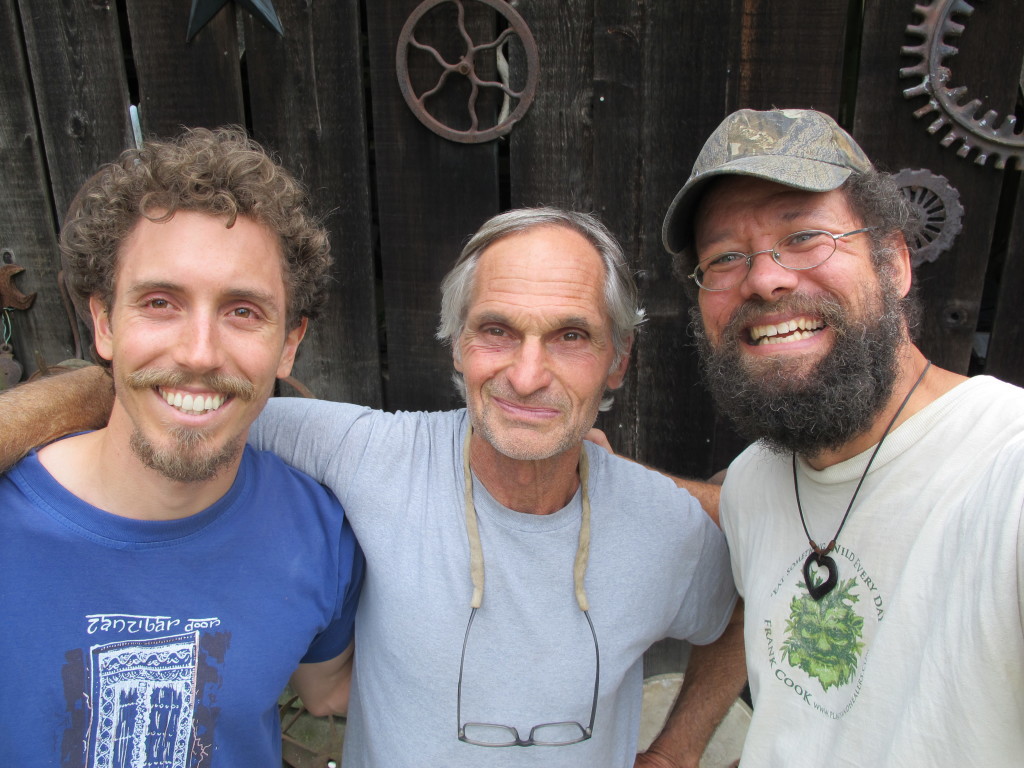
Appendix: Plant list from Friday hike
Wild ginger (Asarum canadensis)
Waterleaf (Hydrophyllum sp.)
Goldenseal (Hydrastatis Canadensis)
Ginseng (Panax quinquefolius)
Violet (Viola spp.)
Agrimony (Agrimonia sp.)
Jack in the Pulpit (Arisaema sp.)
Wild Comfrey (Cynoglossum sp.)
Sweet Cicely (Osmorhiza spp.)
Jacob’s Ladder (Polemonium sp.)
Viburnum cerifolium
Basswood (Tilia sp.)
Geranium (Geranium sp.)
Firepink (Silene virginica)
Wild onion (Allium vineale)
Black cohosh (Actaea racemosa)
Blue cohosh (Caulophyllum sp.)
Rue anemone (Thalictrum sp.)
Autumn Olive (Elaeagnus umbellata)
Sassafras albidum
Multiflora rose (Rosa multiflora)
American epicac (Porteranthus sp.)
Gall of the earth (Prenanthes sp.)
Virginia Creeper (Parthenocissus quinquefolia)
Poison Ivy (Toxicodendron radicans)
Christmas Fern (Polystichum sp.)
Beech (Fagus grandifolia)
Red Maple (Acer rubrum)
White Oak (Quercus alba)
Hackberry (Celtis sp.)
Pawpaw (Asimina triloba)
Chinese chestnut (Castanea mollissima)
Smilax
Rattlesnake Fern (Botrypus sp.)
Shagbark Hickory (Carya ovata)
Spiderwort (Tradescantia spp.)
Bluets (Houstonia sp.)
Hawthorn (Crataegus sp.)
Dogwood (Cornus spp.)
Spicebush (Lindera benzoin)
Blueberry (Vaccinium sp.)
Red Buckeye (Aesculus pavia)
Solomon’s Plume (Maianthemum racemosum)
Doll’s Eyes (Actaea rubra)
Lady’s Thumbprint (Polygonum spp.)
Walking Fern
Dandelion (Taraxacum officinale)
Iris
Cup Plant (Silphium sp.)
Grey Coneflower (Ratibida sp.)
Wingstem (Verbesina sp.)
Yellow Dock (Rumex obtusifolius)
Ragwort (Packera sp.) synonym Senecio
Japanese Honeysuckle (Lonicera japonica)
Tulip Magnolia (Liriodendron tulipifera)
Blackberry (Rubus sp.)
Wild Carrot (Daucus carota)
Chickory (Cichorium intybus)
Vetch (Vicia sp.)
Oxeye Daisy (Leucanthemum vuglare)
White Clover (Trifolium repens)
Elderberry (Sambucus canadensis)
Maidenhair Fern (Adiantum sp.)
Mayapple (Podophyllum peltatum)
Bloodroot (Sanguinaria canadensis)
Purple wood sorrel (Oxalis sp.)
Stonecrop (Sedum ternatum)
Bear Corn (Conopholis americana)
Ale Hoof (Glechoma hederacea)
Rigid Goldenrod (Solidago rigida)
Black Eyed Susan (Rudbeckia hirta)
Astragalus amgasii
Horsetail (Equisetum sp.)
Twinleaf (Jeffersonia diphylla)
Spring Beauty (Claytonia virginica)
Larkspur (Delphenium sp.)
Green Violet (Hybanthus concolor) syn Cubelium concolor
